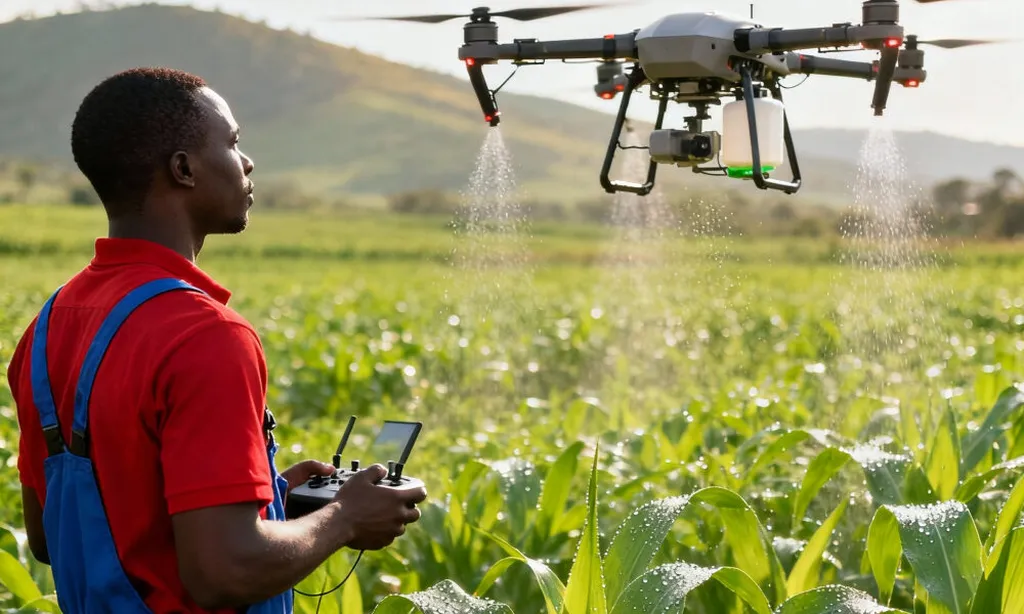In the lush, emerald fields of Sri Lanka, a technological revolution is brewing, one that promises to transform the way rice farmers manage their crops and potentially reshape the agricultural landscape. At the heart of this innovation is Ishani Fonseka, a researcher from the University of Colombo School of Computing, who has been exploring the use of unmanned aerial vehicles (UAVs) to monitor nitrogen levels in paddy rice fields. Her work, recently published in the *Transactions on Informatics and Data Science* (or, in English, the Journal of Informatics and Data Science), offers a glimpse into the future of precision agriculture.
Fonseka’s research addresses a pressing issue in Sri Lankan agriculture: the overuse of fertilizers. This practice not only leads to financial losses for farmers but also raises significant environmental concerns. Traditional methods of monitoring nitrogen levels rely on SPAD equipment, which is both expensive and scarce. Fonseka’s study presents a cost-effective alternative using UAV-based multispectral imagery.
The study focuses on the BG300 rice variety, a staple in Sri Lankan agriculture. By comparing various vegetation indices with SPAD readings using a Linear Regression (LR) model, Fonseka found that the Normalized Difference Vegetation Index (NDVI) showed the strongest correlation (R = 0.81106). This finding confirms NDVI’s reliability as an indicator of nitrogen status, offering farmers a practical tool for making informed decisions.
“The potential impact of this research is immense,” Fonseka explains. “By providing a cost-effective and accessible method for monitoring nitrogen levels, we can help farmers reduce fertilizer use, improve crop yields, and mitigate environmental impacts.”
The implications of this research extend beyond Sri Lanka’s borders. In an era where precision agriculture is gaining traction globally, UAV-based imagery and vegetation indices like NDVI could become standard tools in the agricultural toolkit. This technology could revolutionize how farmers manage their crops, leading to more sustainable and profitable farming practices.
Moreover, the use of UAVs in agriculture aligns with the growing trend of integrating technology into traditional practices. As Fonseka notes, “This approach not only benefits farmers but also contributes to the broader goal of sustainable agriculture.”
The study’s findings are a testament to the power of technology in addressing real-world problems. By leveraging UAV-based imagery and vegetation indices, farmers can make data-driven decisions that enhance productivity and sustainability. As the agricultural sector continues to evolve, innovations like these will play a crucial role in shaping its future.
In the words of Fonseka, “This is just the beginning. The possibilities are endless, and the potential for positive change is immense.” As we look to the future, the integration of technology in agriculture promises to bring about a new era of efficiency, sustainability, and prosperity for farmers worldwide.

